Padua’s fourteenth-century fresco cycles
The site, which consists of eight religious and secular complexes located within the historic walls of Padua, houses a series of frescoes created between 1302 and 1397 by different artists for different types of patrons and in different types of buildings. Despite this, these frescoes maintain a unity of style and content. They include Giotto's Scrovegni Chapel frescoes, which are considered to mark the beginning of a revolutionary development in the history of fresco painting, as well as frescoes by other different artists, namely Guariento di Arpo, Giusto de' Menabuoi, Altichiero da Zevio, Jacopo Avanzi and Jacopo da Verona. As a whole, these frescoes show how, over the course of a century, the art of fresco painting developed along new creative impulses and understandings of spatial representation.
.jpg)
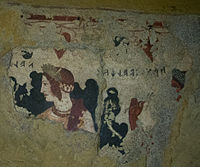

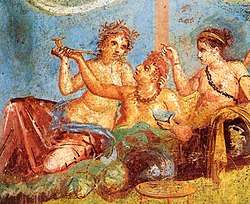
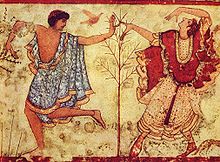
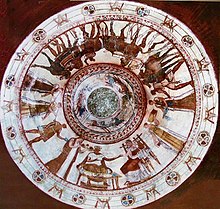
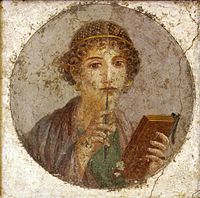
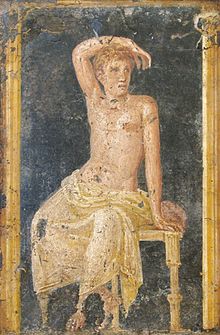

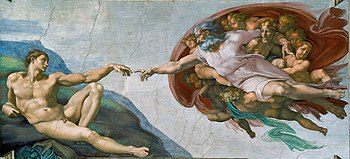
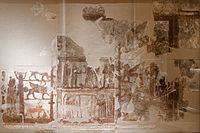
Poem of the heritage generated by AI
Intangible culture related to the heritage
China tourist attractions related to the heritage
World heritage related to the heritage
Information extracted from Wikidata
| uses | 4071463-9 |
| executive body | Frescos |
| IPA transcription | 4723651 |
| geoshape | Fresco |
| office held by head of the organization | http://g.co/kg/m/02_3k |